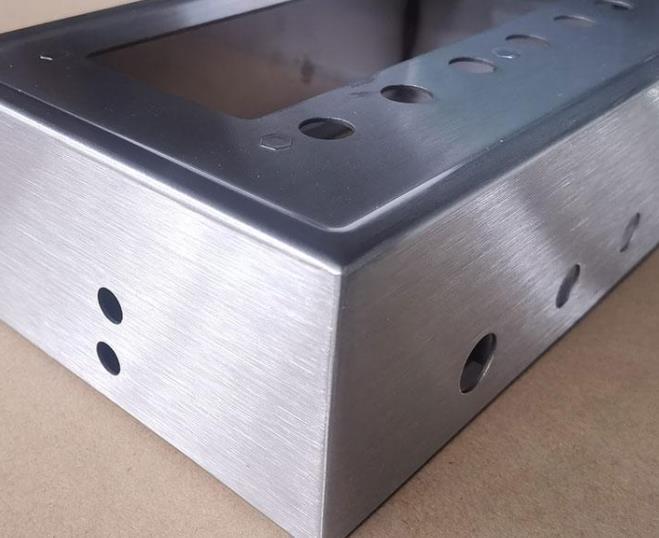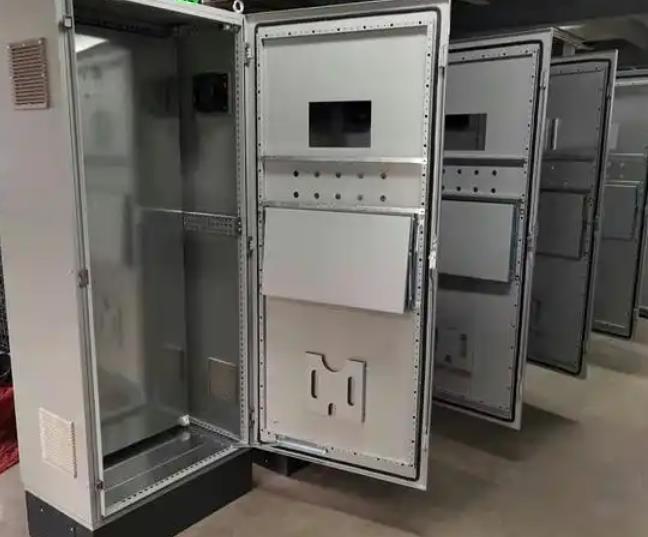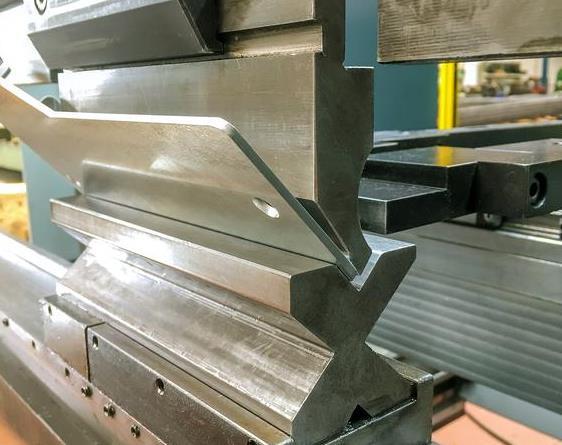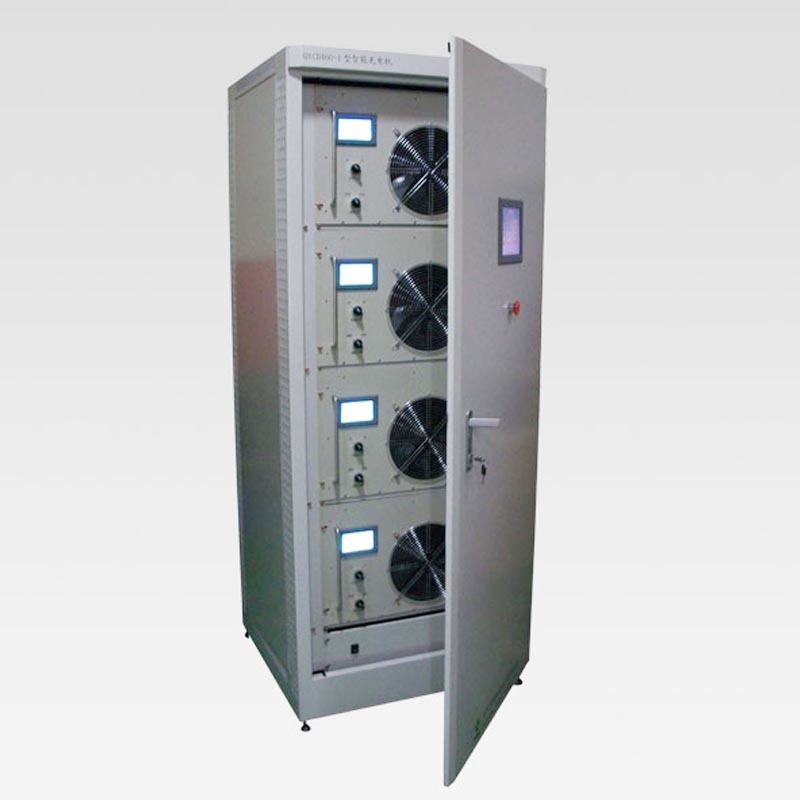What is sheet metal processing?
Release time:
2025-01-14
【Summary】Sheet metal processing is a comprehensive cold processing technology for metal sheets, covering processes such as shearing, punching/cutting/composite, bending, welding, riveting, splicing, and forming (such as automobile bodies). Specifically, sheet metal processing mainly involves the following operations: Cutting: Mainly through shearing machines or laser cutting, the raw materials are cut to the required dimensions. Flanging: Also known as hole drawing or hole flanging, it is a stamping process where the edges of pre-punched holes are turned up and stand upright through the action of a mold. Punching: Refers to the processing method of punching the required holes in the material using a mold. Notching: Refers to a stamping process that cuts the edges of the material to the required angle or shape during the shearing process. Bending: Refers to a stamping process that bends the material along the bending line to a certain angle and shape. Forming: Refers to a stamping processing method that uses molds to plastically deform the material into the required shape and size, thus obtaining the desired parts. Welding: A processing method that achieves atomic bonding of workpieces through heating or applying pressure (or both), with or without filler material.
Sheet metal processingIt is a comprehensive cold processing technology for metal sheets, covering processes such as shearing, punching/cutting/composite, bending, welding, riveting, splicing, and forming (such as automobile bodies). Specifically, sheet metal processing mainly involves the following operations:
- BlankingIt mainly involves cutting the raw materials to the required size using methods such as shearing machines or laser cutting.
- FlangingAlso known as hole drawing or flanging, it is a stamping process where the edges of pre-punched holes are raised and formed into vertical edges through the action of a mold.
- PunchingIt refers to the processing method of punching the required holes in the material using molds.
- Corner cuttingIt refers to a stamping process that cuts the edges of the material to the required angle or shape during the shearing process.
- BendingIt refers to a stamping process that bends the material along the bending line to a certain angle and shape.
- FormingIt refers to a stamping processing method that uses molds to plastically deform the material into the required shape and size to obtain the desired parts.
- WeldingIt is a processing method that achieves atomic bonding of workpieces through heating or applying pressure (or both), with or without filler materials.
- Surface treatmentSuch as spraying, electroplating, etc., to enhance the material's corrosion resistance, aesthetics, or functionality.
- AssemblyIt involves combining multiple sheet metal parts or other components into a complete product through welding, riveting, bolting, etc.
Sheet metal processing features lightweight, high strength, conductivity (suitable for electromagnetic shielding), low cost, and good mass production performance, with wide applications in electronics, communication, automotive industry, medical devices, and more. For example, in the electronics industry, sheet metal processing is used to manufacture computer cases, switch cabinets, etc.; in the automotive industry, it is used to manufacture body and frame components.
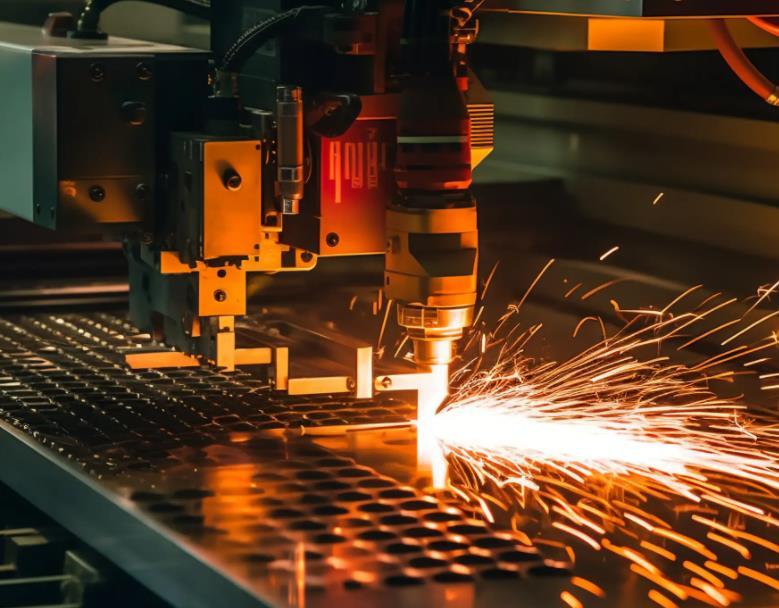
Sheet metal processing has many advantages, which have led to its widespread application in the manufacturing industry. The following summarizes the advantages of sheet metal processing:
-
Lightweight and high strengthSheet metal materials are relatively light compared to other materials, but their strength is quite high. This makes sheet metal products more convenient during transportation and installation, while also reducing the overall weight of the structure and improving product performance.
-
Good conductivitySheet metal materials have good conductivity, which makes them widely used in electromagnetic shielding. For example, in computer cases and electronic devices, sheet metal components can effectively prevent electromagnetic interference, protecting the normal operation of the equipment.
-
Low costThe cost of sheet metal processing is relatively low, mainly due to the wide availability of raw materials and the maturity of processing technology. In addition, sheet metal components can be mass-produced, further reducing costs and improving production efficiency.
-
High processing flexibilitySheet metal processing has a high degree of flexibility, allowing it to adapt to various complex shapes and size design requirements. Through advanced mold design and manufacturing technology, high-precision processing and forming can be achieved to meet diverse customer needs.
-
Strong plasticitySheet metal materials have good plasticity and can be formed and processed through various methods (such as shearing, punching, bending, etc.). This allows sheet metal components to have greater freedom in shape and structure, meeting the needs of various application scenarios.
-
Easy surface treatmentThe surfaces of sheet metal components can undergo various treatments, such as spraying and electroplating, to improve their corrosion resistance, aesthetics, or functionality. These surface treatment processes not only extend the product's lifespan but also enhance its added value.
-
Wide range of applicationsDue to the above advantages, sheet metal processing has a wide range of applications in electronics, communication, automotive industry, medical devices, and more. For example, in the computer industry, sheet metal components are used to manufacture cases, panels, etc.; in the automotive industry, sheet metal components are used to manufacture key parts such as bodies and frames.
In summary, sheet metal processing is a complex and diverse process with wide applications, making it an indispensable part of the manufacturing industry. Sheet metal processing has advantages such as lightweight, high strength, low cost, high processing flexibility, strong plasticity, ease of surface treatment, and a wide range of applications. These advantages make sheet metal processing play an increasingly important role in the manufacturing industry.
TAG:
RELATED INFORMATION
2025-01-20
How much do you know about stainless steel sheet metal processing?
2025-01-18
What are the inspection standards for sheet metal processing chassis and cabinets?
2025-01-17
What are the main processes of sheet metal processing?
2025-01-16
What is the process flow of the chassis cabinet?
FAX
ADD
Gengguantun Industrial Development Zone, Qingxian County, Hebei Province, China

WeChat applet


